ECB Chief Economist Philip Lane said in a WSJ interview that inflation outlook not satisfactory and the central bank would decide on the next move on a “meeting by meeting” basis. Even if inflation does climb to 1.3% in 2022 as in ECB’s projections, it would stay well below the 2% target. There ares speculations that ECB could expand the PEPP program by year end.
“The current inflation level remains far away from our goal,” Lane said . “We don’t think that is a satisfactory inflation outlook.” “I wouldn’t focus on any one meeting… It’s not the case that we only look at the formal projection rounds.”
Lane also noted that the next phase of the economy is “going to be tougher”. “The big question, and this is why there is so much uncertainty, is: how quickly can the current dynamic, with rising cases, be stabilized.””Some of that uncertainty will be resolved this autumn,” he added. “We will know the fiscal plans, we will know more about the pandemic.”




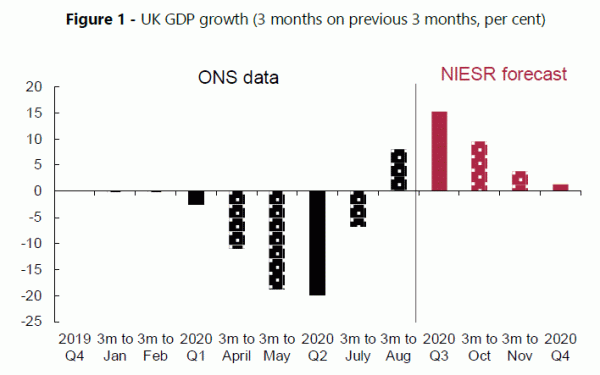
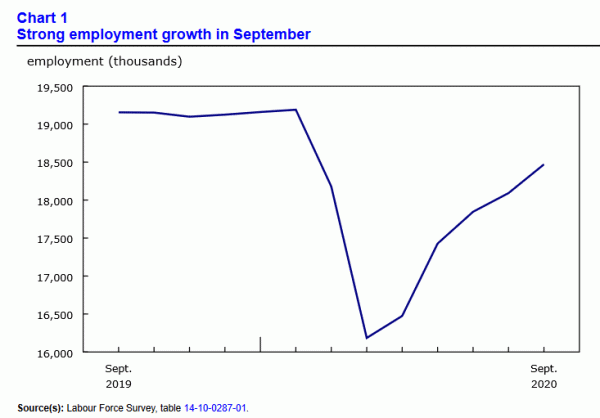
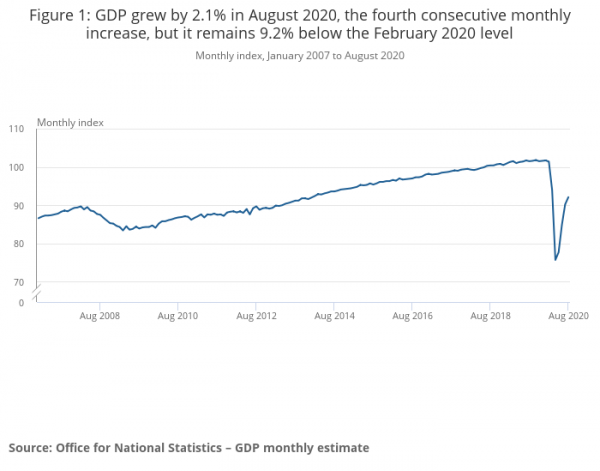
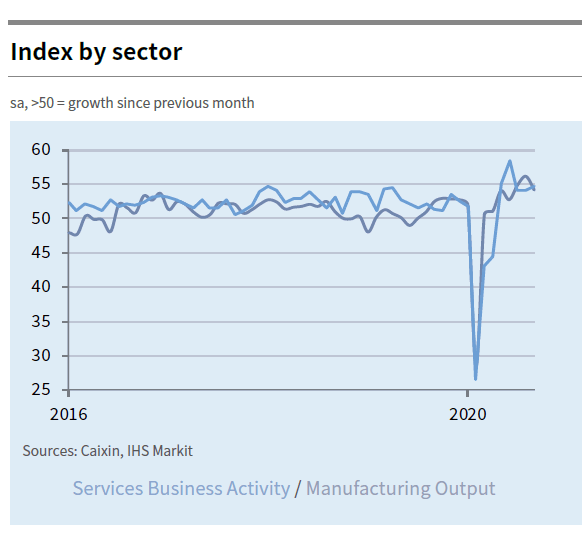
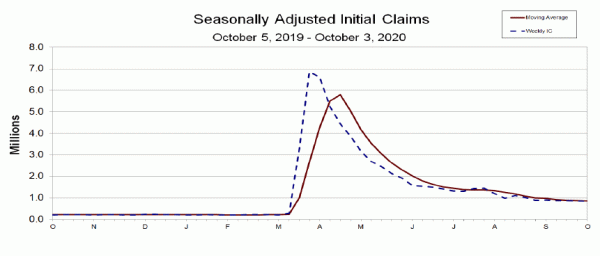
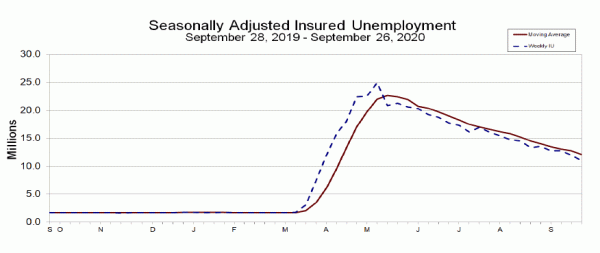
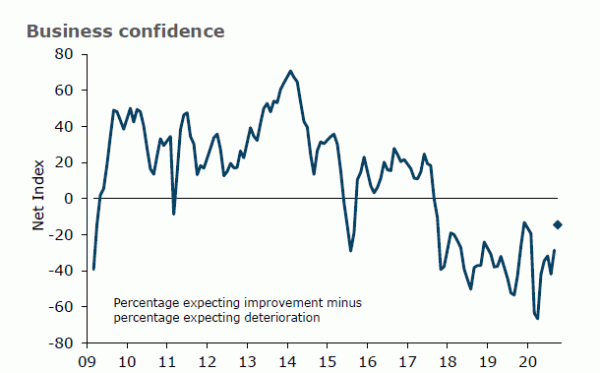
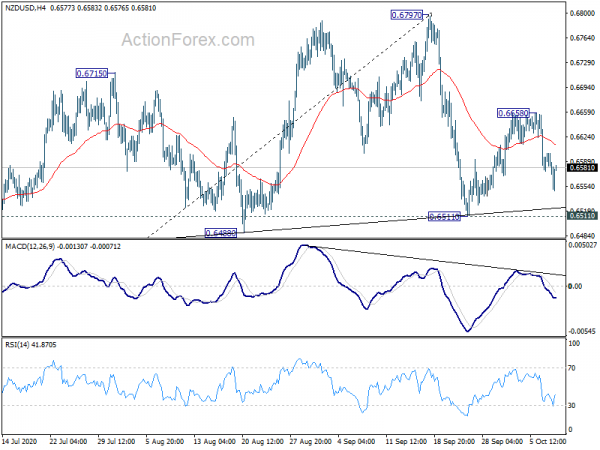
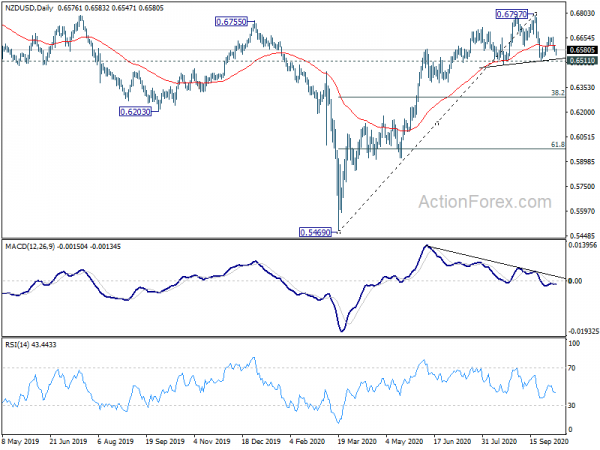
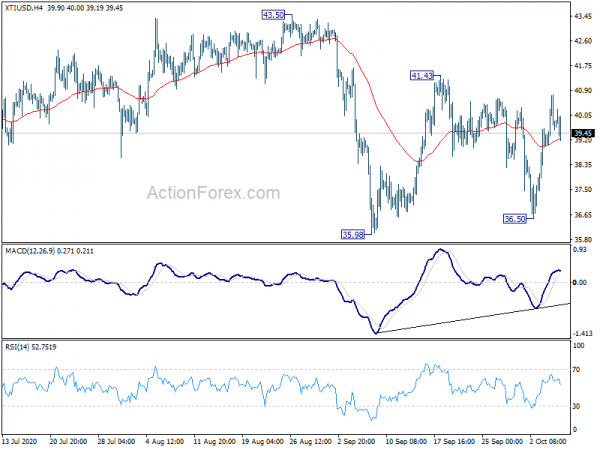
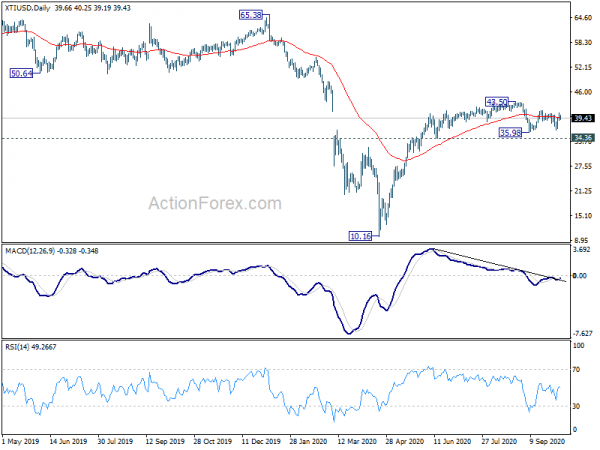

ECB Visco: Monetary policy must remain expansive for a long time
ECB Governor Council member Ignazio Visco told Il Corriere della Sera newspaper, “price changes tend to be very low, if not negative, and a gap has been created with our goal of price stability, with effects that can be dangerous”. Because of this, monetary policy “monetary policy must be expansive and remain so for a long time”.
Currently, ECB is adopting a price target of “below of close to 2%”. Visco said it’s “vague and difficult to understand.” He’s in favor of a change to a medium term symmetrical 2% target.
Visco, also the governor of the Bank of Italy, expects the Italian economy to recovery with around 5% growth next year. But he warned of a prolonged decline in demand and policymakers must “do everything to reduce uncertainty.
Separately, Italian Health Minister Roberto Speranza said on Sunday that the country is preparing for fresh restrictions as new coronavirus cases surged again. Though, he added, “now we need a change of pace, and to intervene with measures, not comparable to those adopted in the past, which could allow us to put the contagion under control and avoid tougher measures later on.”